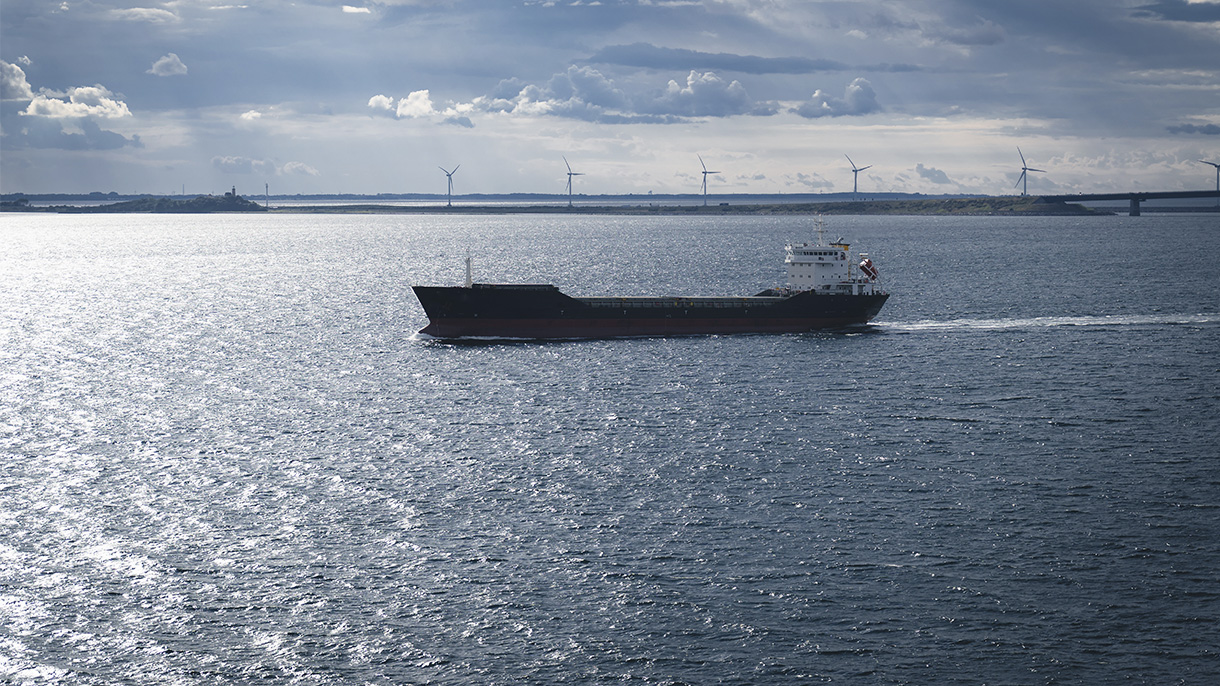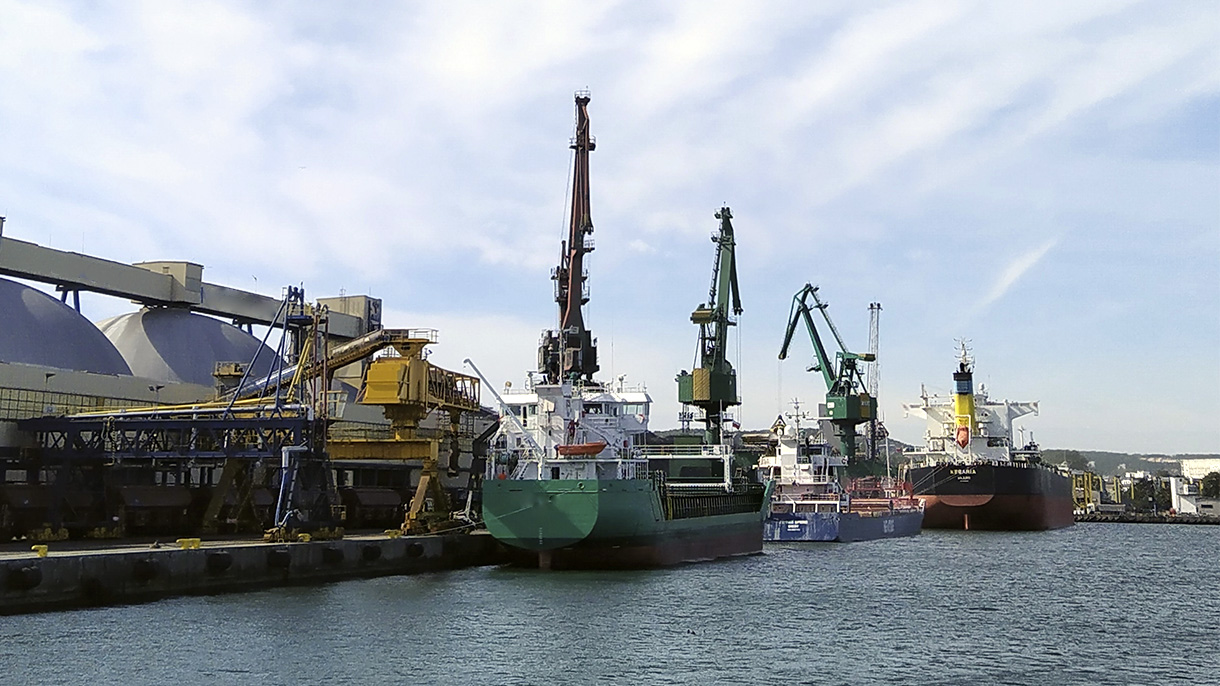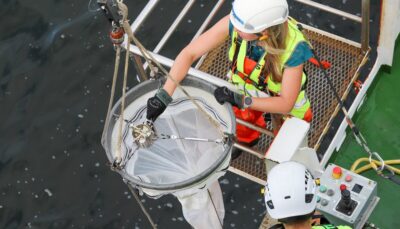New guidelines for reducing nutrient emissions in ports in the Baltic Sea are completed – implementation would almost entirely eliminate nutrient emissions from ports

More Information

Guidelines on the best techniques and working practices that can be used in ports to minimize nutrient discharges into the Baltic Sea are on their way to becoming an international recommendation by the Baltic Marine Environment Protection Commission HELCOM. The guidelines prepared under the leadership of the John Nurminen Foundation contain dozens of recommendations for, among other things, the loading of fertilizers and personnel training.
In the Baltic Sea fertilizer ports, a significant amount of fertilizer loss is generated each year, contributing to the eutrophication of the sea. Research results collected in the Fertilizer Shipping Project of the John Nurminen Foundation show that hundreds of kilograms of phosphorus and hundreds of tons of nitrogen can enter the sea from busy fertilizer ports every year through stormwater alone. This load corresponds to a nutrient load from wastewater treatment plants of a medium-sized city.
To reduce nutrient emissions from ports, experts from the John Nurminen Foundation, Race for the Baltic, and Coalition Clean Baltic have developed new guidelines. These BET/BEP guidelines encompass 67 measures that implement best available technology (BAT) and best environmental practices (BEP) aimed at minimizing fertilizer loss during storage, handling, and transportation.
“The guidelines offer ports, operators, shipping companies and other operators involved in fertilizer shipping, as well as authorities and politicians, concrete tools to prevent fertilizer emissions. The goal is to improve the control of emissions and to instill sustainable operating methods in the daily practices of operators,” says Juulia Suikula, project manager of maritime transport projects at the John Nurminen Foundation.
The guidelines are based on a combination of information, literature, and interviews with international maritime transport operators in the Baltic Sea, collected through the foundation’s own project and sourced from partners. For the document, comments were collected from Sweden, Denmark, Finland, Poland and Lithuania. The John Nurminen Foundation has been responsible for the preparation of the guidelines with the help of the consulting firm CE Delft.

A possibility to reduce emissions to nearly zero
As a result of the work that began in 2019, many solutions to reduce fertilizer loss and nutrient load have been found. The solutions are concrete, starting with loading practices and cleaning the loading area. Developing the skills of port operators and the efficiency of public authorities were also found effective.
The solutions presented in the guidelines include, e.g., regular maintenance of loading buckets, a closed loading system, covering of stormwater wells, use of protection between the ship and the berth, regular and efficient cleaning of berth and storage areas, training of personnel, monitoring of stormwater nutrient concentrations, and investments in stormwater collection and cleaning systems.
The guideline is on its way to become an official recommendation of HELCOM during the next year, and it will also be used to implement the Commission’s Baltic Sea Action Plan (Baltic Sea Action Plan).
“According to preliminary estimates, ports can reduce their nutrient emissions by up to half by implementing a few guidelines. Even with small investments, significant emission reductions can be achieved inexpensively, and the guidelines detail the cost-effectiveness of different measures. By implementing all the recommendations, it is possible to eliminate fertilizer emissions almost completely,” Suikula sums up.
With the adoption of the recommendation, HELCOM member states should report to the Commission on the national implementation of the guidelines every four years, starting in 2027.


